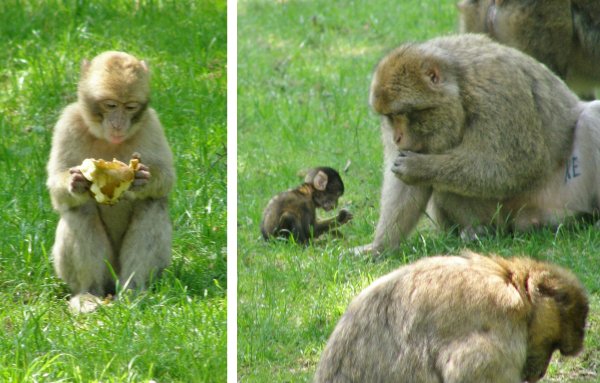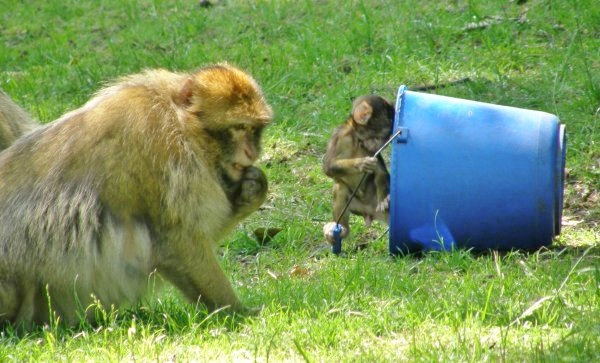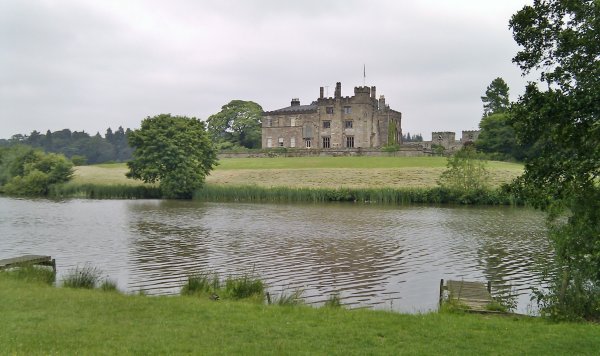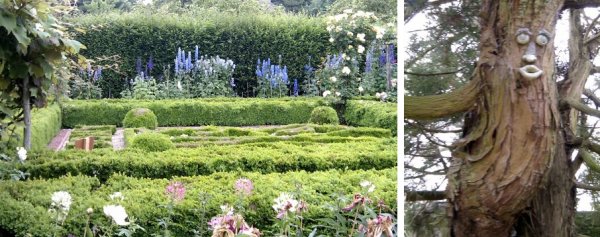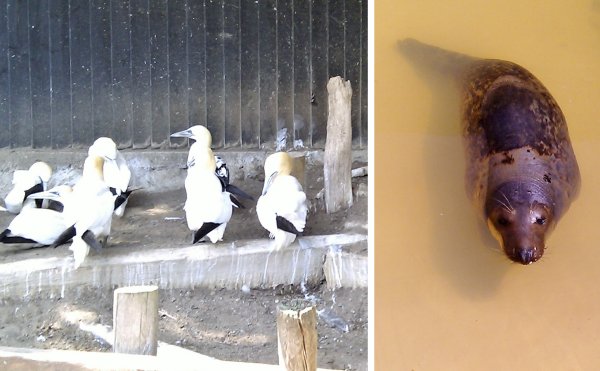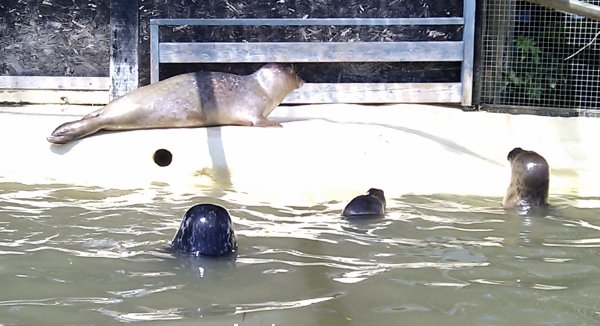Monkeys, Castles, Seals, and the Seaside
With our Big Data guide now finished (at least for the preview release) I managed to grab a few days off to clear my head of pigs, ants, beehives, and furry yellow elephants. And to try and figure out where we go next on the Azure guidance path. Mind you, much of my vacation time seems to have involved meeting several other types of wildlife.
It started with a trip to Monkey Forest. Compared to Monkey World in Dorset, which we visited some while back, it’s much less dramatic; but still worth a visit. It’s basically what it says on the tin - a forest with a hundred or so Barbary macaques roaming freely.
They’re docile creatures that seem quite happy to have humans wandering around, and - unlike the wild monkeys you see in places like Gibraltar that steal handbags and sunglasses - they are neither aggressive nor noisy (in fact, mostly they seem to be asleep). However, a few did manage to stay awake long enough to have their photos taken, including several very young ones that are as lively as you’d expect. And most did show some signs of activity at feeding time, as you can see in the photos here.
Another day out was to Ripley Castle, a place my wife had seen on TV and wanted to visit. As there’s a town called Ripley only a few miles away from our house I gladly agreed, thinking it would save me fuel and a long trip in the car. Except that the Ripley with the castle is in North Yorkshire instead. It’s a “planned village” that was built by the owner of the castle and is a heritage area, so it’s still very old-world and historical. And very pretty.
The castle itself is part occupied by the owners, but has large sections available for weddings and other functions, beautiful gardens, a deer park (though we never saw any deer), and a superb selection of rooms that are part of a guided tour. The lady guide was excellent and the historical tour was fascinating, including tales of visits by kings and by Oliver Cromwell and his army. And interesting details of the huge range of artifacts on show, including the fact that in bygone times shoes were not made as a left and right pair - you just bought two the same and wore them till they fitted your feet (or until your feet fitted them).
Our final trip of the week was to the delightfully named seaside town of Mablethorpe. We have a rule in our house that you can’t have a holiday unless you get to see the sea at some point. My wife had never been to Mablethorpe so it was a voyage of adventure for her. Though, purely by chance, we parked the car next to the Mablethorpe Seal Sanctuary and Wildlife Park. So it was immediately obvious where we’d start our adventure.
And I have to say I was surprised to find how extensive it turned out to be. The entry price was just a few pounds, but - as well as the seals we expected to see – there’s a tour through pre-history that shows how the area evolved over the last 300 million years, followed by a wide range of rescued birds and animals including owls, ostrich, various seabirds, lynx, meerkats, and more. And monkeys, just in case we hadn’t seen enough already.
The only real downside of the week was discovering that the unusual badger that comes to visit us at home had been killed (probably hit by a car). We’ve been watching him for a while on our garden and tree cameras. Mostly we see him at night illuminated by the infra-red lights, and so the pictures are monochrome rather than color. But it’s clear that he didn’t have the usual black stripes of other badgers; instead he seems almost albino. As you can see from the photo below, taken after his demise, he really was an unusual color.
We’d be interested to hear from anyone who has seen badgers like this, or can provide any more information. Perhaps, with luck, we’ll see some similar colored cubs visiting later this year...
